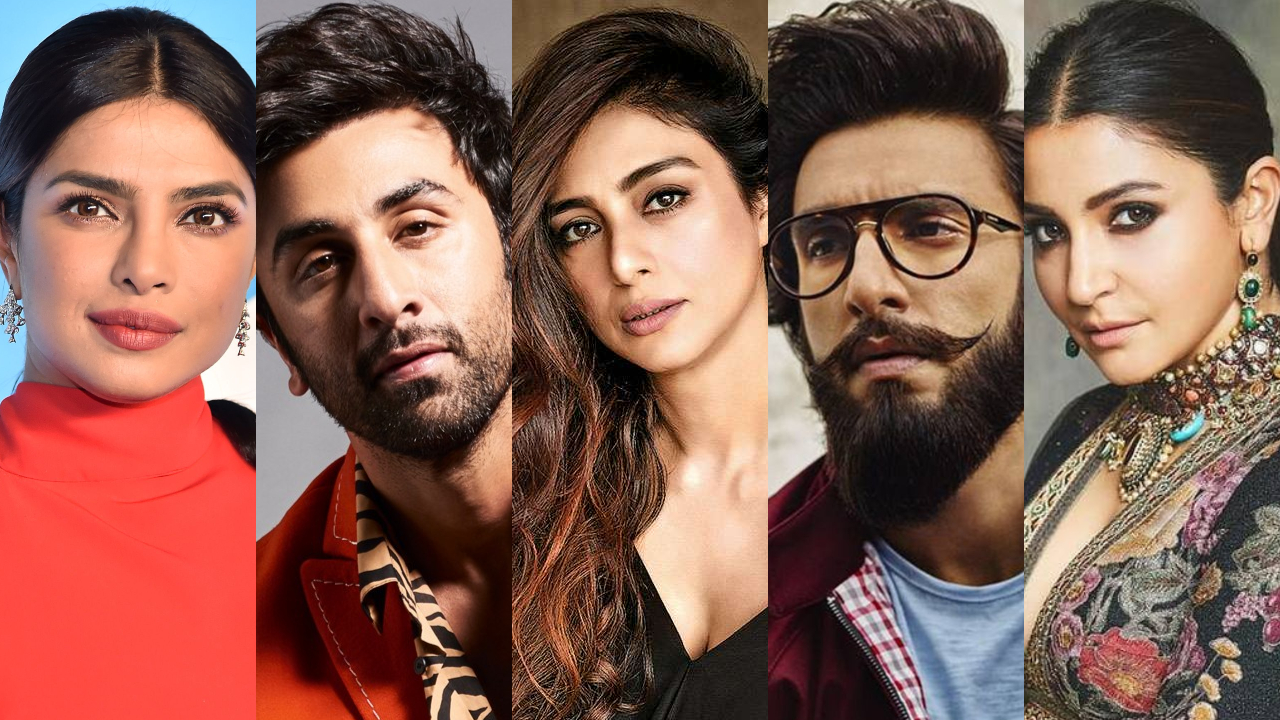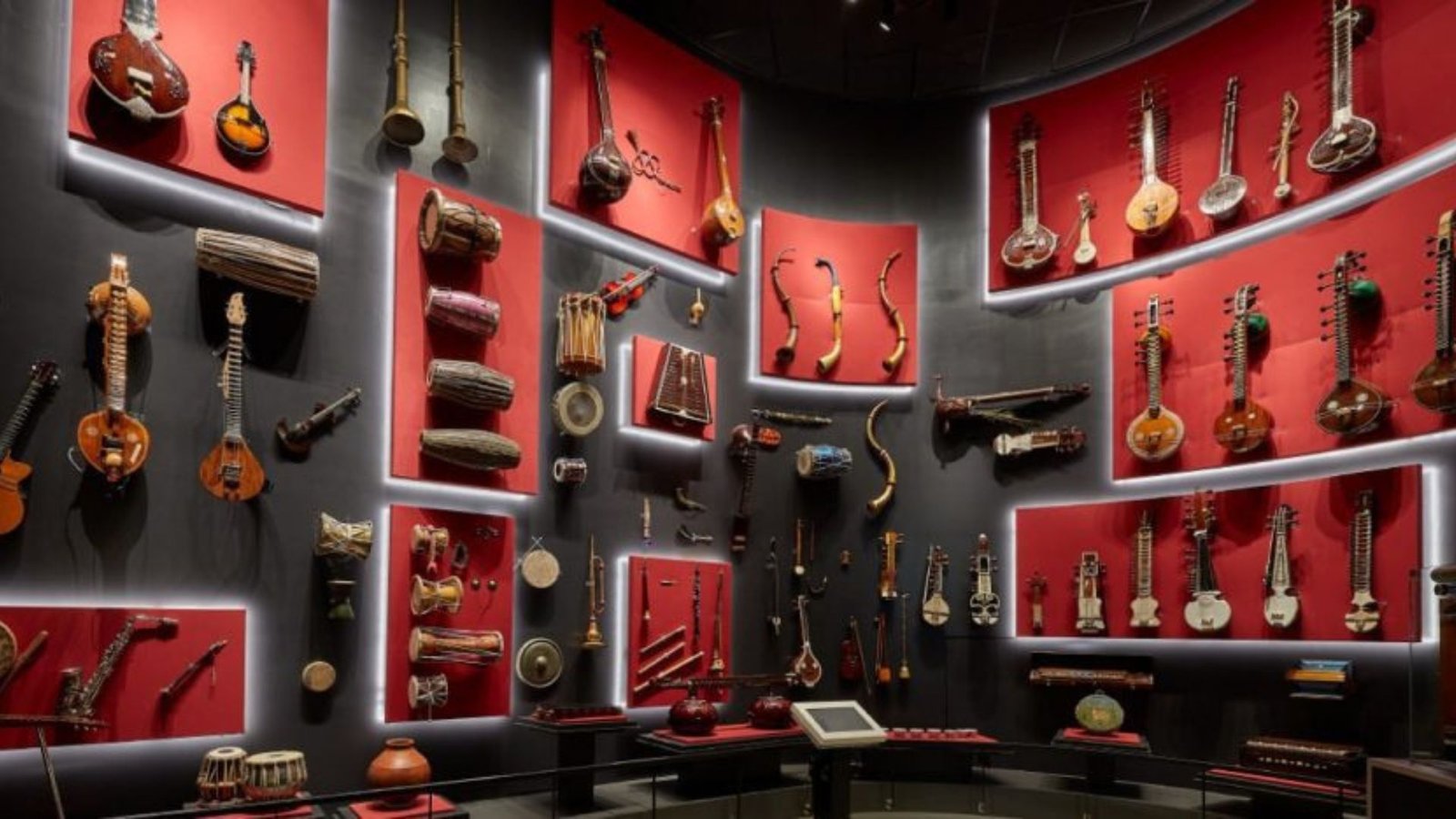The Evolution of Bollywood from the 20th to the 21st Century
Bollywood, the heart of the Indian film industry, has undergone a fascinating evolution from its inception in the early 20th century to its current status as a global cinematic powerhouse. This journey is marked by significant milestones, influential personalities, and transformative trends that have shaped the industry into what it is today. The Early Years: … Read more







